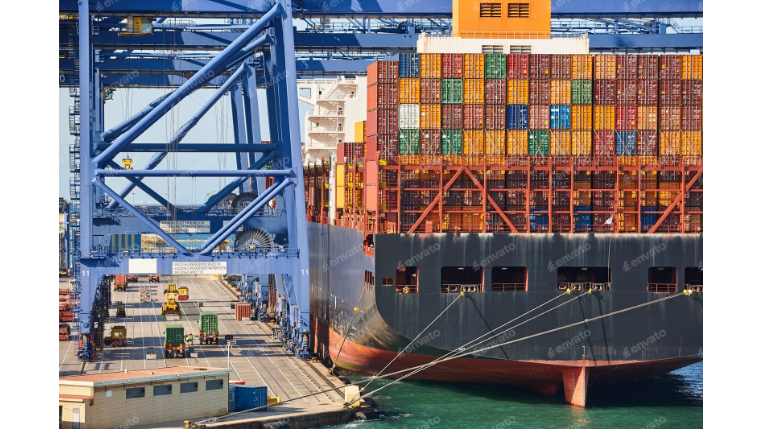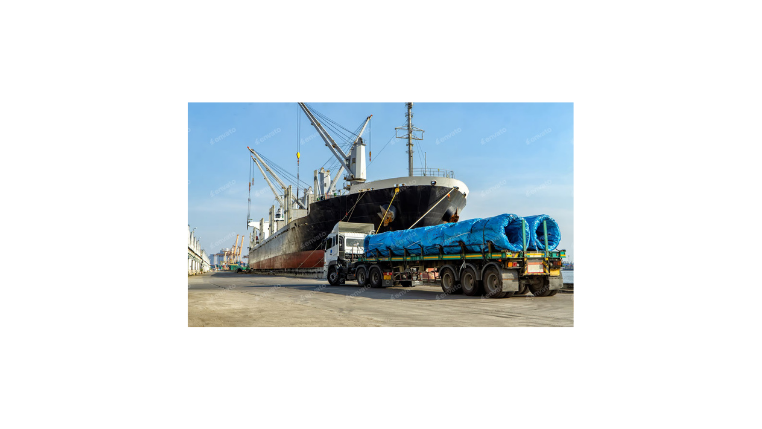Concealed Damage Claims: A Shipper's Guide to Prevention and Recovery
There are few scenarios in logistics more frustrating than discovering concealed damage. A shipment arrives at your dock, the box or crate looks to be in perfect condition, and your team signs the delivery receipt without noting any exceptions. Hours or even days later, when the package is finally opened, the reality hits: the valuable goods inside are crushed, shattered, or otherwise unusable.
This is a concealed damage claim, and it's one of the most difficult and contentious issues in the freight industry. This guide will provide a clear playbook on how to handle these situations and, more importantly, how to implement strategies to prevent them from happening in the first place.
What is a Concealed Damage Claim?
A concealed damage claim is a claim for loss or damage to cargo that is not visible at the time of delivery. Because the external packaging shows no sign of mishandling, the carrier has a strong initial defense: they can argue that the damage occurred after the delivery was completed and while the goods were in the consignee's possession.
This shifts the burden of proof squarely onto the shipper or consignee, making these claims notoriously difficult to win without a disciplined and immediate response.
The Clock is Ticking: The Correct Procedure for Filing a Claim
If you discover concealed damage, time is of the essence. You must act immediately and follow a strict procedure. Carriers have very short time limits for reporting these issues.
- Stop Unpacking Immediately. The moment you see damage, halt all activity. Preserve the scene exactly as it is. This is your primary evidence.
- Document Everything with Photos and Videos. Take clear, well-lit photos from multiple angles. Capture the damaged product, the specific point of damage, the inner cushioning and packaging materials, and all sides of the outer box. Video can be even more powerful.
- Notify the Carrier Immediately. This is the most critical step. Most carriers require notification of concealed damage within 5 business days of delivery. This is not the formal claim; it is a notice of intent to file a claim. Contact the carrier's claims department by phone and follow up with an email to create a written record.
- Retain All Packaging and Damaged Goods. Do not throw anything away. The carrier has the right to send an inspector to examine the damaged items and the packaging to help determine the cause. Disposing of the evidence will likely result in an automatic denial of your claim.
- File the Formal Claim Promptly. After notifying the carrier, gather your documents and file the official claim. This will include the original Bill of Lading (BOL), the delivery receipt, the commercial invoice (to prove the value of the goods), and all your photographic evidence.
Your Legal Standing: Understanding the Carmack Amendment
In the United States, carrier liability for interstate shipments is governed by a federal law known as the Carmack Amendment. To win a standard freight claim, a shipper must prove two things:
- The goods were in good condition when tendered to the carrier.
- The goods were damaged or lost upon delivery.
With concealed damage, the clean delivery receipt makes the second point extremely difficult to prove. The carrier will use that signed receipt as evidence that the shipment was delivered in good condition. This is why your immediate notification and thorough documentation are your best tools to counter that argument and demonstrate that the damage likely occurred while the goods were in the carrier's transit system.
Prevention is the Best Policy: How to Minimize Concealed Damage Risks
The most effective way to handle a concealed damage claim is to prevent it from ever happening.
- 1. Invest in Robust Packaging: This is your first and best line of defense. Use new, high-strength boxes, at least two inches of dense cushioning (dunnage) around your product, and seal boxes securely using the "H-taping" method.
- 2. Document at the Source: Take photos or videos of your products as you are packing them at your own facility. This creates a clear, time-stamped record of their condition before they were ever handed to the carrier.
- 3. Use Clear Labeling and Indicators: Use "Fragile" or "This Side Up" labels. For particularly sensitive shipments, consider using ShockWatch or TiltWatch indicators. These devices activate if the package is dropped or tilted, providing undeniable evidence of mishandling.
- 4. Vet Your Carriers: The cheapest carrier is often the most expensive in the long run. Work with reputable, established carriers with low damage claim ratios.
- 5. Train Your Receiving Team: This is a crucial internal step. Instruct your receiving staff to inspect all incoming shipments thoroughly and to note any minor sign of external damage on the delivery receipt—a crushed corner, a tear in the shrink wrap, a dented box. This simple act can turn a difficult concealed damage claim into a much more straightforward standard damage claim.
Conclusion
In conclusion, while concealed damage claims are challenging, a disciplined process of immediate action, meticulous documentation, and proactive prevention can protect your business from significant financial loss. The common thread in both prevention and successful claims is a well-documented, transparent logistics process. A centralized logistics platform like Modaltrans is invaluable in this regard. It provides a single repository to store and share all critical shipping documents—from the original Bill of Lading to origin photos and delivery receipts—creating a robust digital paper trail. This level of organization provides the concrete evidence needed to manage claims effectively and the visibility to improve processes for the future.










